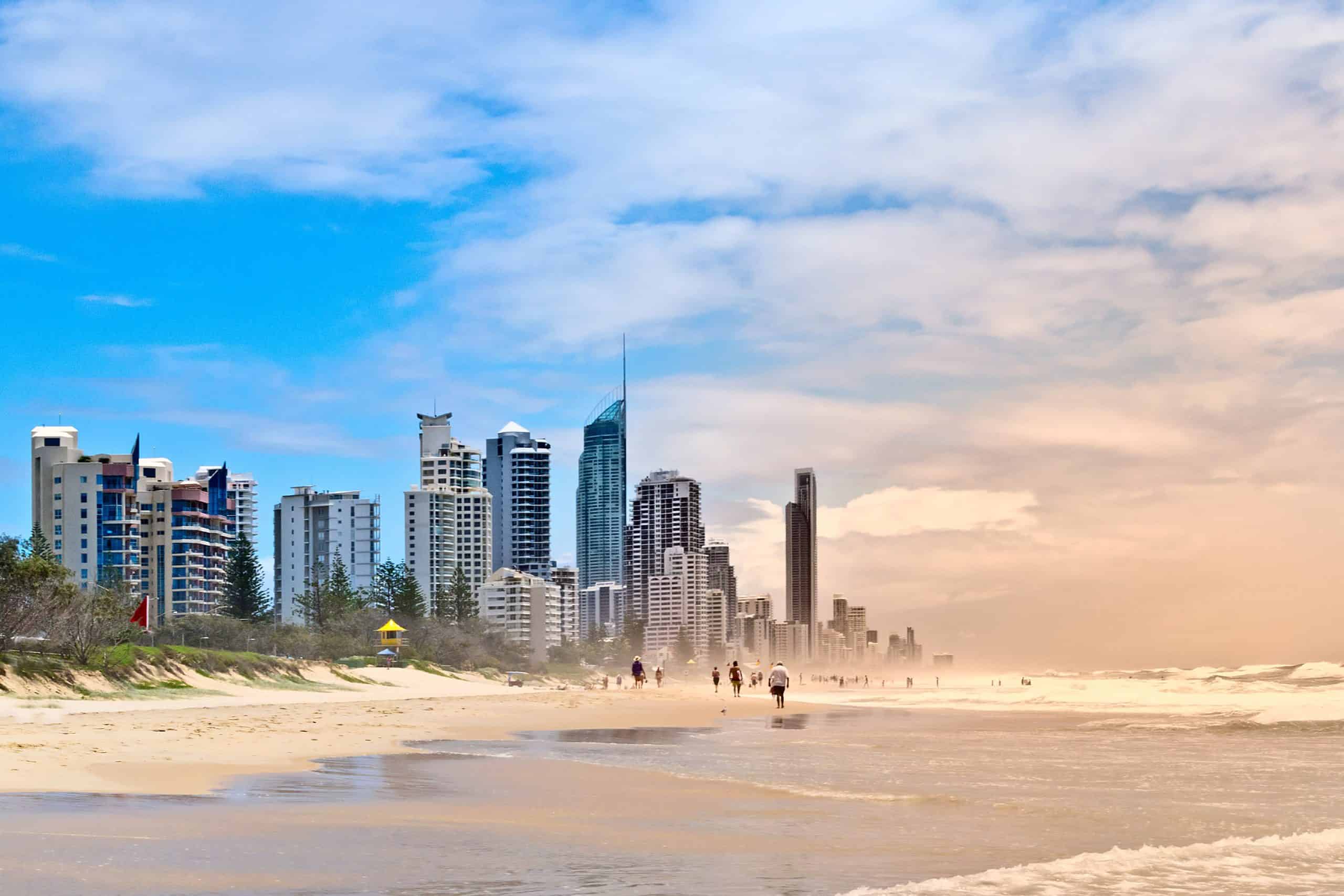

Understanding the Australian Regional Migration Plan
The Australian regional migration program, which offers several benefits to those who choose this path, is part of the Australian government’s commitment to assisting and enhancing regional Australia.
To facilitate the growth in the migration cap for regional visas, the Australian migration program has implemented several measures to encourage regional migration. These programs aim to address the skill shortages faced by regional employers while also promoting regional Australia as a desirable alternative to the larger cities of Sydney, Melbourne, and Brisbane.

Eligible Regional Areas
The regional definition includes three categories and provides regional incentives for skilled migrants moving to places that fall under Category 2 or Category 3 (Regional Centers and Other Regional Areas) classifications.
The following 3 categories make up the regional definition:
- Category 1: Sydney, Melbourne, and Brisbane, which are considered Category 1 “Major Cities,” do not receive any regional incentives.
- Category 2: Perth, Adelaide, the Gold Coast, the Sunshine Coast, Canberra, Newcastle/Lake Macquarie, Wollongong/Illawarra, Geelong, and Hobart are included in Category 2’s “Cities and Major Regional Centers.”
- Category 3: Regional Centers and Other Regional Areas
For skilled immigrants moving to areas designated as Category 2 “Cities and Major Regional Centers” or Category 3 “Regional Centers and Other Regional Areas,” the regional definition offers regional incentives.
Migration within the region and designated regional areas
For immigration purposes, the majority of Australia’s locations outside of its three largest cities—Sydney, Melbourne, and Brisbane—are classified as designated regional areas, including
- Gold Coast
- Sunshine Coast
- Adelaide
- Newcastle
- Canberra
Designated regional areas
The regional definition, which is divided into three categories, provides regional incentives for skilled migrants moving to places that fall under Category 2 (“Cities and Major Regional Centers”) or Category 3 (“Regional Centers and Other Regional Areas”):
Category 2
The following regional incentives are available to the “Cities and Major Regional Centers” of Perth, Adelaide, the Gold Coast, the Sunshine Coast, Canberra, Newcastle/Lake Macquarie, Wollongong/Illawarra, Geelong, and Hobart:
- processing of regional visas with priority.
- Access to the Regional Occupations List, which contains more employment opportunities than non-regional lists.
- International graduates with a bachelor’s degree or higher from a regional campus of a recognized university may stay in Australia for an additional year on a post-study work visa.
Category 3
The 11,200 regional locations, priority processing for regional visas, and the Regional Occupations List will all be available to “Regional Centers and Other Regional Areas.”
Disclaimer: Information in this article is of a general nature and should not be taken as expert advice. Speak to an immigration agent for specific information depending on your circumstances.
Understanding the Australian Regional Migration Plan
The Australian regional migration program, which offers several benefits to those who choose this path, is part of the Australian government’s commitment to assisting and enhancing regional Australia.
To facilitate the growth in the migration cap for regional visas, the Australian migration program has implemented several measures to encourage regional migration. These programs aim to address the skill shortages faced by regional employers while also promoting regional Australia as a desirable alternative to the larger cities of Sydney, Melbourne, and Brisbane.

Eligible Regional Areas
The regional definition includes three categories and provides regional incentives for skilled migrants moving to places that fall under Category 2 or Category 3 (Regional Centers and Other Regional Areas) classifications.
The following 3 categories make up the regional definition:
- Category 1: Sydney, Melbourne, and Brisbane, which are considered Category 1 “Major Cities,” do not receive any regional incentives.
- Category 2: Perth, Adelaide, the Gold Coast, the Sunshine Coast, Canberra, Newcastle/Lake Macquarie, Wollongong/Illawarra, Geelong, and Hobart are included in Category 2’s “Cities and Major Regional Centers.”
- Category 3: Regional Centers and Other Regional Areas
For skilled immigrants moving to areas designated as Category 2 “Cities and Major Regional Centers” or Category 3 “Regional Centers and Other Regional Areas,” the regional definition offers regional incentives.
Migration within the region and designated regional areas
For immigration purposes, the majority of Australia’s locations outside of its three largest cities—Sydney, Melbourne, and Brisbane—are classified as designated regional areas, including
- Gold Coast
- Sunshine Coast
- Adelaide
- Newcastle
- Canberra
Designated regional areas
The regional definition, which is divided into three categories, provides regional incentives for skilled migrants moving to places that fall under Category 2 (“Cities and Major Regional Centers”) or Category 3 (“Regional Centers and Other Regional Areas”):
Category 2
The following regional incentives are available to the “Cities and Major Regional Centers” of Perth, Adelaide, the Gold Coast, the Sunshine Coast, Canberra, Newcastle/Lake Macquarie, Wollongong/Illawarra, Geelong, and Hobart:
- processing of regional visas with priority.
- Access to the Regional Occupations List, which contains more employment opportunities than non-regional lists.
- International graduates with a bachelor’s degree or higher from a regional campus of a recognized university may stay in Australia for an additional year on a post-study work visa.
Category 3
The 11,200 regional locations, priority processing for regional visas, and the Regional Occupations List will all be available to “Regional Centers and Other Regional Areas.”
Disclaimer: Information in this article is of a general nature and should not be taken as expert advice. Speak to an immigration agent for specific information depending on your circumstances.









